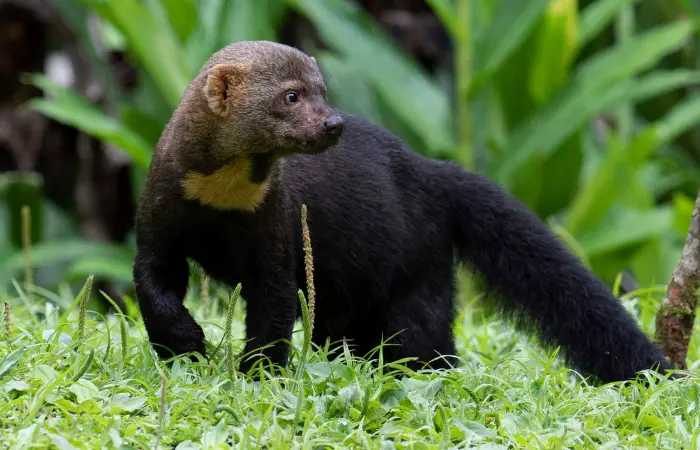Tayra - An Incredible yet Lesser Known Mustelid

The tayra (Eira barbara) is an omnivorous animal from the weasel (mustelid) family, native to the Americas. It is the sole species in the genus Eira. Tayras are also known as the tolomuco or perico ligero in Central America, the motete in Honduras, the irara in Brazil, the san hol or viejo de monte in the Yucatan Peninsula, and the high-woods dog (or traditionally chien bois) in Trinidad. The genus name Eira is taken from the animal's traditional name in Bolivia and Peru, whilst Barbara means "strange" or "foreign"... T ayra ( Eira barbara )






.webp)
